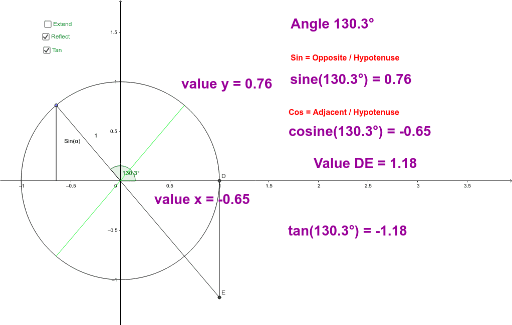5?' In this case, the answer is pi/6 radians. If you ask arcsin(0.5) = ?, what you're really asking is 'the sine of what angle equals. It's the darn notation that's screwy - not you.Īrcsin works a lot like logarithms work, if you're familiar with those. What looks like sin^-1(x) is actually ARCSIN which is NOT = cosecant. So it makes sense that what looks like sin^-1 (x) would = 1/sin(x), which is cosecant, right? What's mixing you up is that you probably know from algebra that anything to the power of -1 has the effect of generating a reciprocal.
And all trig functions are just ratios (fractions), so their reciprocal ratios are just the initial function 'flipped.' Sine is 'opposite over hypotenuse (o/h)' and its reciprocal ratio is cosecant which is 'hypotenuse over opposite (h/o).' Remember that when you figure out a value's reciprocal, you just 'flip' it as a fraction the numerator becomes the denominator and vice versa. So in the video, he's talking about reciprocal ratios. I was screwed up by this when I was first learning trig, and it's why I really hate the notation they use to describe these concepts. Reciprocal trig ratios are NOT the same thing as the arcsin, arccosine, and arctangent.

